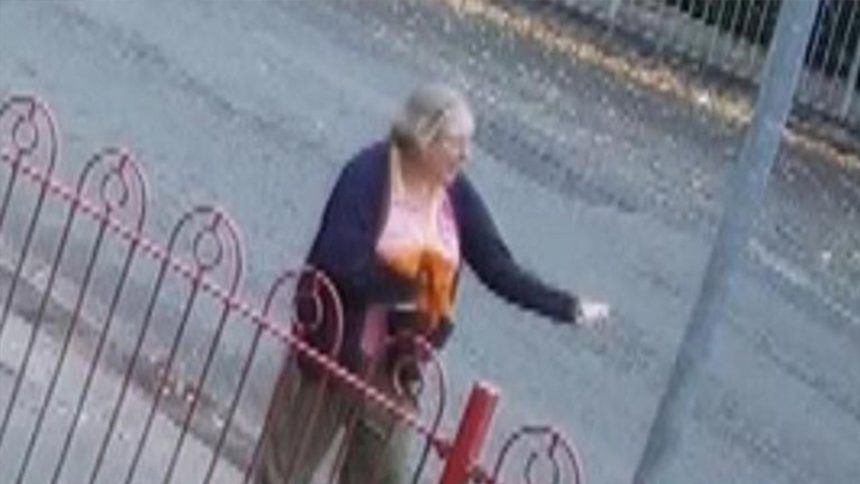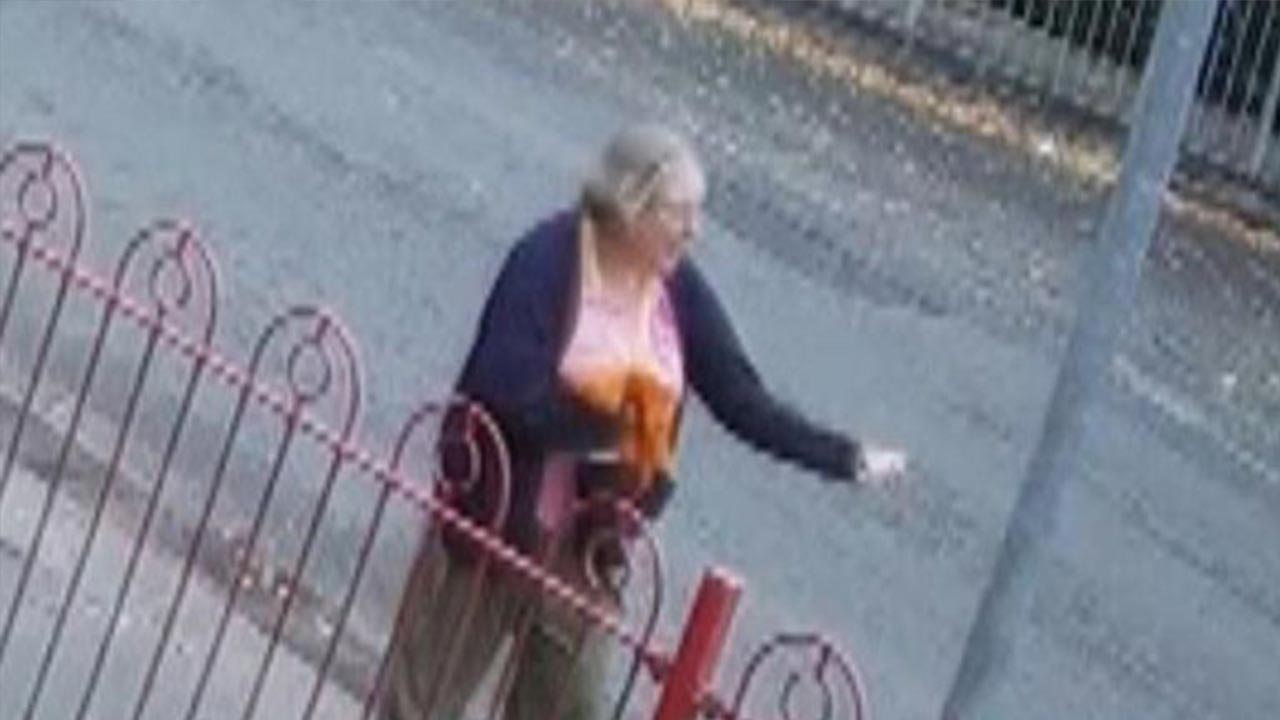Auriol Grey Video : The recent case of Auriol Grey, who was jailed for three years for the manslaughter of a cyclist, has sparked a heated debate about road safety and the responsibility of both cyclists and pedestrians on the roads.
Grey, a disabled woman, was caught on CCTV shouting at a cyclist before stepping off the pavement and causing him to fall into the path of a car. In this article, we will delve deeper into the Auriol Grey case, examining the events that led up to the cyclist’s death, the implications of the verdict, and the wider issues surrounding road safety.
Table :
| Name | Auriol Grey |
|---|---|
| Age | 51 |
| Location | Huntingdon, Cambridgeshire |
| Charge | Manslaughter |
Auriol Grey Video:
The video of Auriol Grey’s altercation with the cyclist has been widely circulated on social media, with many users expressing shock and outrage at her behaviour. In the footage, Grey can be seen shouting at the cyclist before stepping off the pavement and pushing him into the path of an oncoming car. The video has reignited the debate about the dangers of aggressive behaviour on the roads and the need for greater awareness of the risks faced by cyclists.
Auriol Grey Manslaughter:
Grey was charged with manslaughter after the cyclist, who has not been named, died from his injuries in hospital. The case was heard at Huntingdon Crown Court, where Grey pleaded guilty to the charge. She was subsequently sentenced to three years in prison, with the judge describing her actions as “reckless” and “totally unacceptable”. The verdict has been met with mixed reactions, with some arguing that the sentence is too harsh given Grey’s disability and others calling for tougher penalties for those who endanger cyclists.
Auriol Grey CCTV:
The CCTV footage of the incident played a key role in the prosecution’s case against Grey. It provided clear evidence of her actions and allowed the court to determine the sequence of events that led up to the cyclist’s death. However, the use of CCTV in cases like this has raised concerns about privacy and civil liberties, with some arguing that the widespread use of surveillance cameras represents an infringement on individuals’ rights.
Auriol Grey Manslaughter Huntingdon Ring Road:
The incident took place on the Huntingdon Ring Road, which is a busy stretch of road that is often used by both cyclists and pedestrians. The case has highlighted the need for greater awareness of the risks faced by cyclists on the roads, particularly in areas where there is a high volume of traffic. It has also led to renewed calls for improved infrastructure for cyclists, including segregated cycle lanes and better signage.
Frequently Asked Questions (FAQ’s) :
Q1. Was the cyclist wearing a helmet?
Ans. The details of the cyclist’s attire have not been released to the public, and it is not clear whether or not he was wearing a helmet at the time of the incident.
Q2. What was the cause of the altercation between Grey and the cyclist?
Ans. The exact cause of the altercation is not known, but witnesses reported seeing Grey shouting at the cyclist before stepping off the pavement and causing him to fall.
Q3. Has Grey indicated whether or not she will appeal the verdict?
Ans. Grey has reportedly indicated that she plans to appeal the verdict, although this has not been confirmed.
Q4. What impact has the case had on the wider debate about road safety?
Ans. The case has sparked renewed debate about the need for greater awareness of the risks faced by cyclists on the roads and the responsibility of both cyclists and pedestrians to ensure that they are using the roads safely.
Q5. What measures can be taken to improve road safety for cyclists?
Ans. Some of the measures that have been proposed to improve road safety for cyclists include the creation of segregated cycle lanes, improved signage, and increased awareness campaigns aimed at both cyclists and motorists.
We hope you have enjoyed our work, if you liked it Please help us reach more people like You. Share this article with your Friends using below buttons. Sharing is Caring 💗









